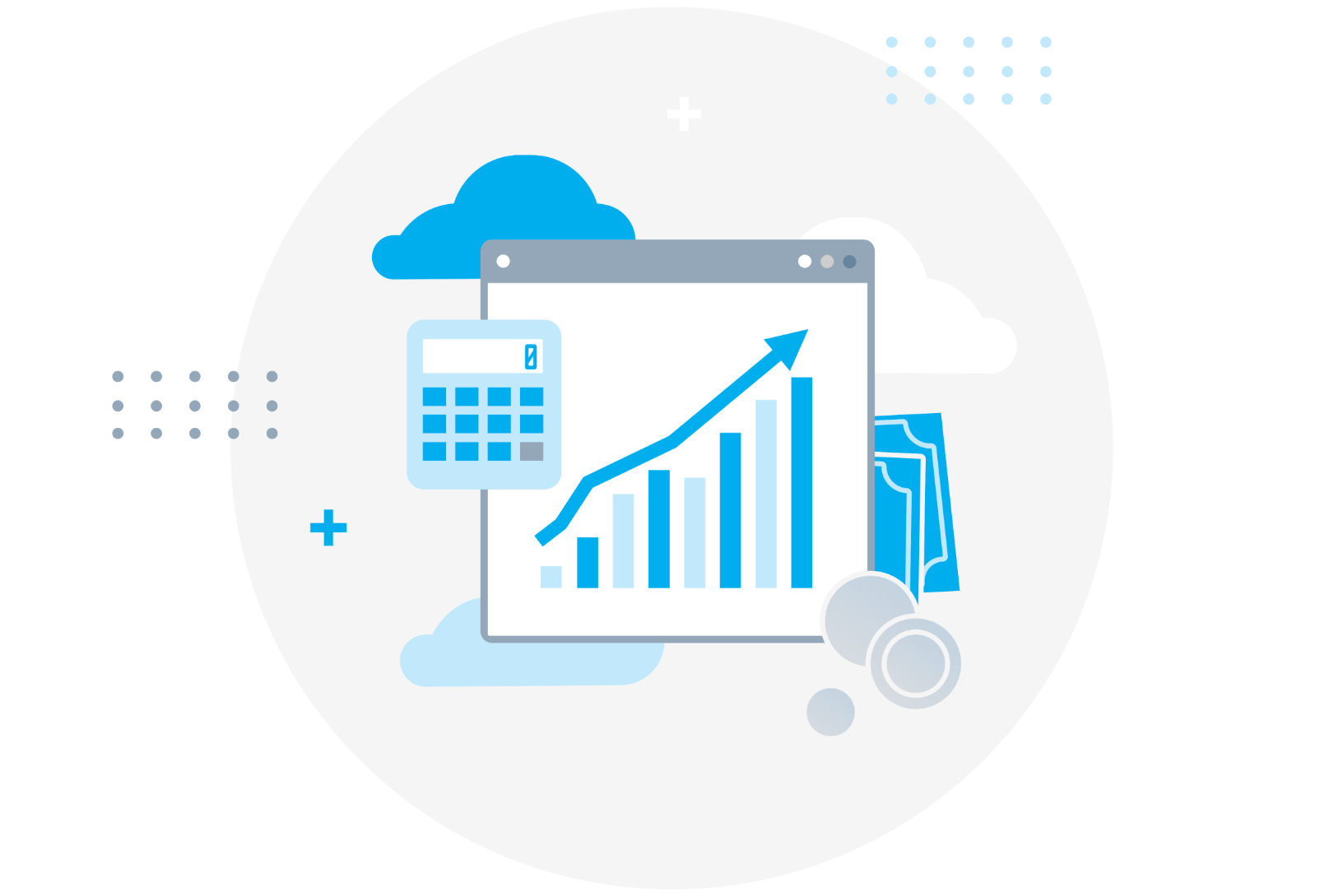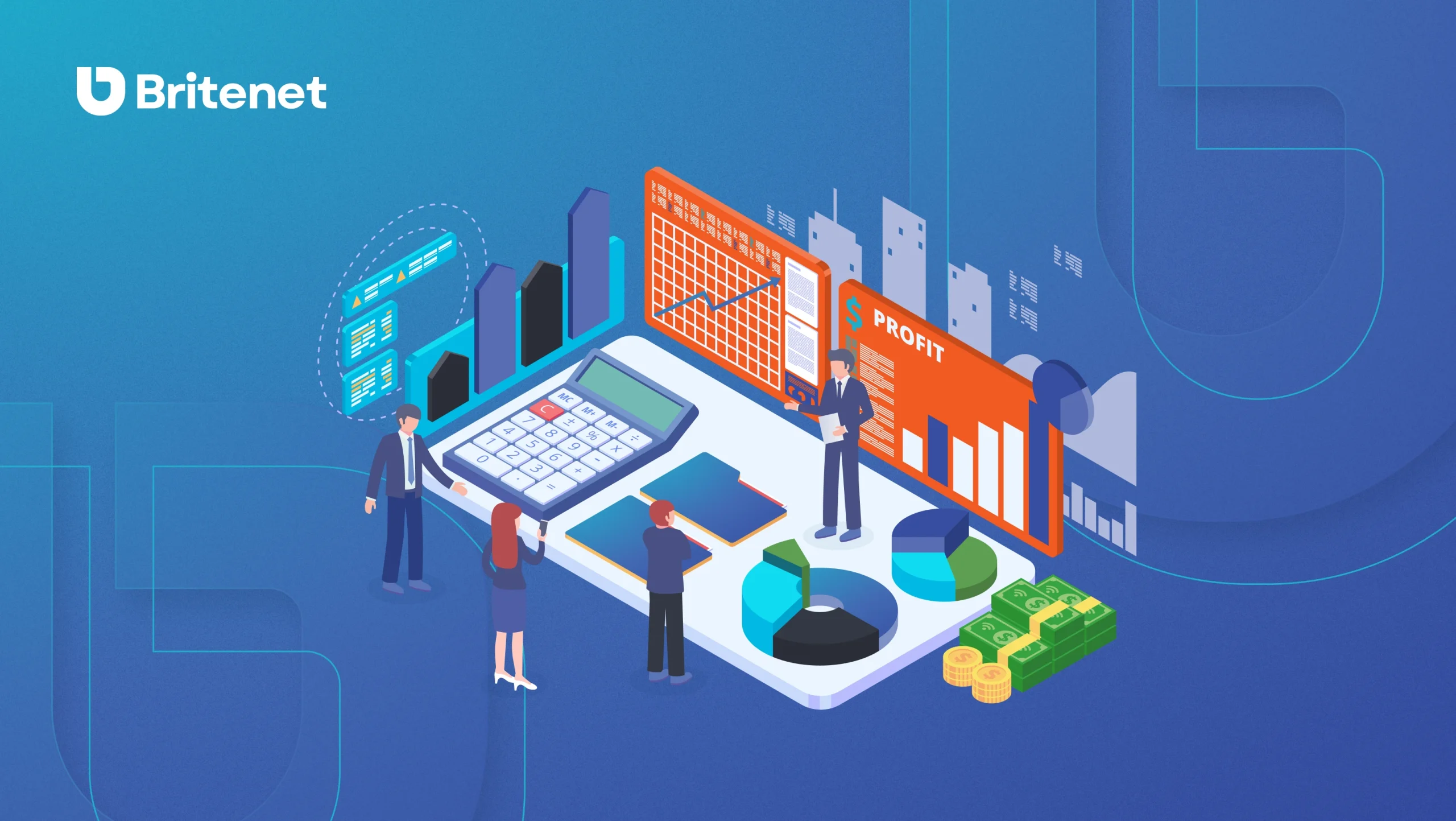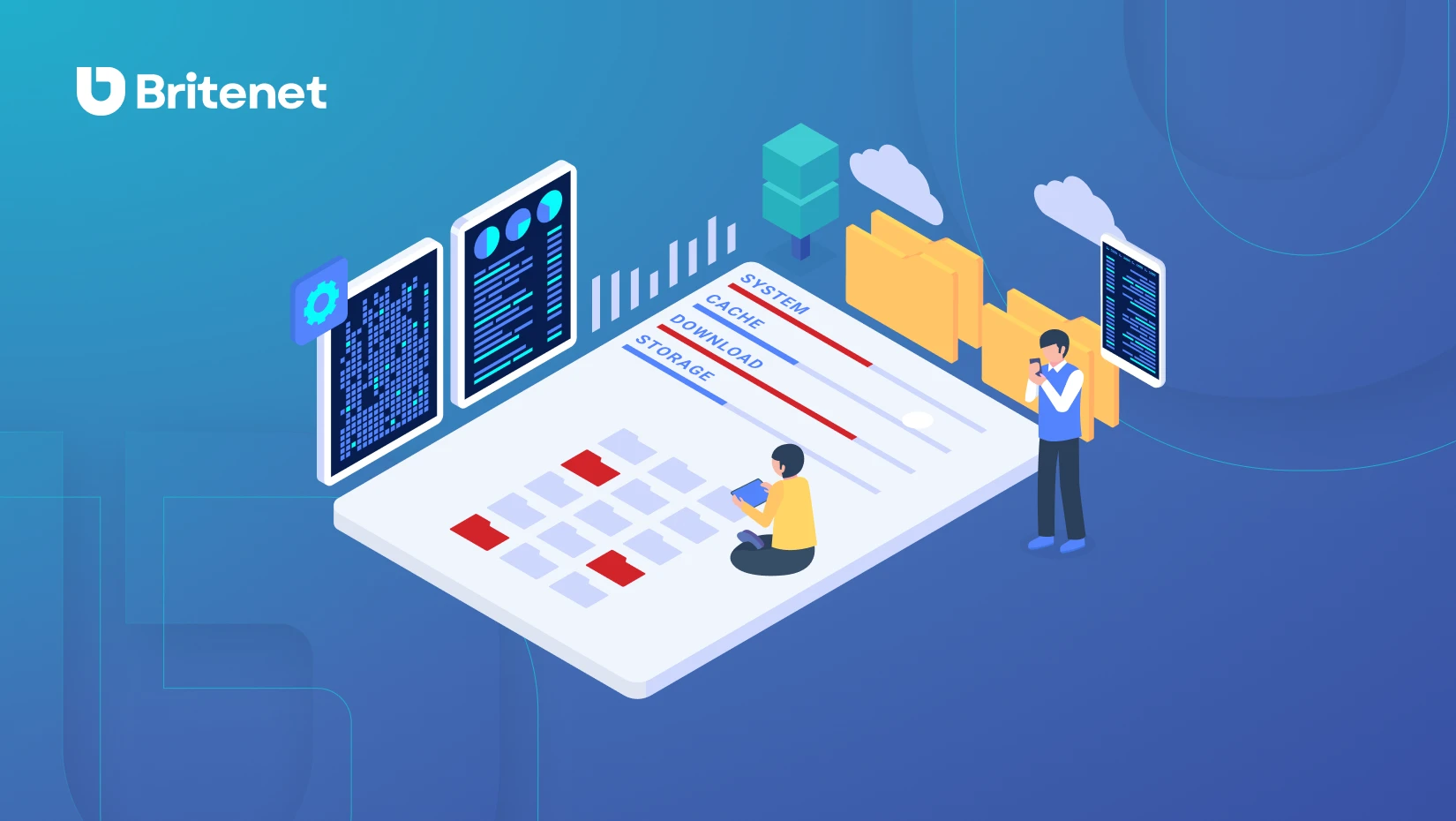When running a business, you need to have all the numbers under control. This applies not only to sales departments. Remember that the effectiveness of the activities of all departments in an organization can be measured. In order for a company to grow effectively, it is necessary to set goals and establish parameters that will later allow us to assess the degree of their achievement. It would seem that it is enough to check the number of customers acquired or profit generated to determine the effectiveness of work.
However, there are plenty of other indicators that allow you to learn more from your past activities and improve them in the future. Monitoring all of these metrics in order to make better business decisions is made possible by Salesforce.
A KPI, or Key Performance Indicator, is a key performance indicator. If we want to efficiently define a KPI for a given company, and subsequently for a team and employees, it is necessary to break the concept down into its essentials. To begin with, we need to answer the question of what the word "key" means in a given context. What outcomes are desired for a company to achieve success? Will it be, for example, the number of customer calls completed over the course of a week or a month? Next in the term KPI, is included "indicator." Its term makes it possible to predict the effects of activities in the future on the basis of current results. Under the term "efficiency," on the other hand, is the ratio of some action to specific results. For example, if a salesperson makes contact with 5 decision makers, the value of the final contract will increase by 40%.
Defining KPIs, even before the start of activities, is crucial, as it not only allows measuring the ongoing activity and effectiveness of employees, but also facilitates clear definition of expectations and tasks. This improves communication between supervisor and subordinate. From the very beginning, goals are clearly defined, thus avoiding misunderstandings or inconsistencies. Continuous performance measurement can also act as a motivator for employees and allows them to observe in which areas they feel strong and perform their assigned tasks more effectively. In addition, KPIs provide information on the expected results of given activities, which is extremely important at the stage of planning subsequent projects, predicting expected results and setting budgets. Consequently, activities that do not produce any results can be abandoned.
It is worth noting the distinction between two types of performance indicators. The first is anticipatory. It identifies all measurable activities that take place in the process of building the sales funnel. Based on it, it is possible to deduce what results will be achieved. The anticipatory indicator includes such activities as the number of calls made per week, the number of calls culminating in a sale or successful transactions. The second type of KPI is the lagging indicator. It describes the activities already performed and their effects. This group includes, for example, the amount of sales, the number of new customers or margin growth. It is usually the latter indicator that decision-makers are most interested in.
The KPIs will vary depending on the department and the activities performed. There are especially a lot of KPIs related to the sales department. That's why the most metrics are found in Sales Cloud from Salesforce. Some of the primary ones include. the total number of leads (Total LEads Created), and in turn the number of sales opportunities (Total Opportunities Opened) and sales opportunities won (Total Opportunities Won), the response time to a prospect's inquiry (Lead Response Time), the number of contacts made (Rate of Contact), the number of repeat contacts to prospects (Rate of Follow Up Contact), the number of interactions taken by potential customers relative to the repeat message sent by the salesperson (Clicks from Sales Follow-up Emails), the activity of salespeople on social media (Social Media Usage), the rate of use of marketing materials by salespeople (Usage Rate of Marketing Collateral) and the ratio of sales opportunities to sales opportunities won (Opportunity-to-Win Ratio). Salesforce can also measure Average Contract Value or Number of Responses Received.
The advantage of Salesforce is that it has no limitations in terms of creating custom metrics. It is flexible and customizable to the company's needs, KPIs included. Salesforce will take into account any indicator the company cares about. With Tableau's data analytics tool, all KPIs will be presented in the form of dashboards. The ability to visualize the data allows a better understanding of the various relationships and simplifies the message. This is especially important when presenting the results to decision makers in the company.



